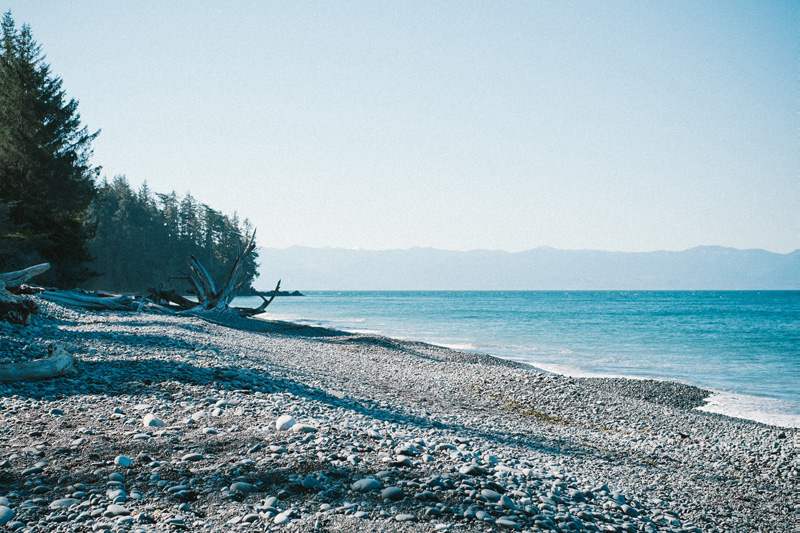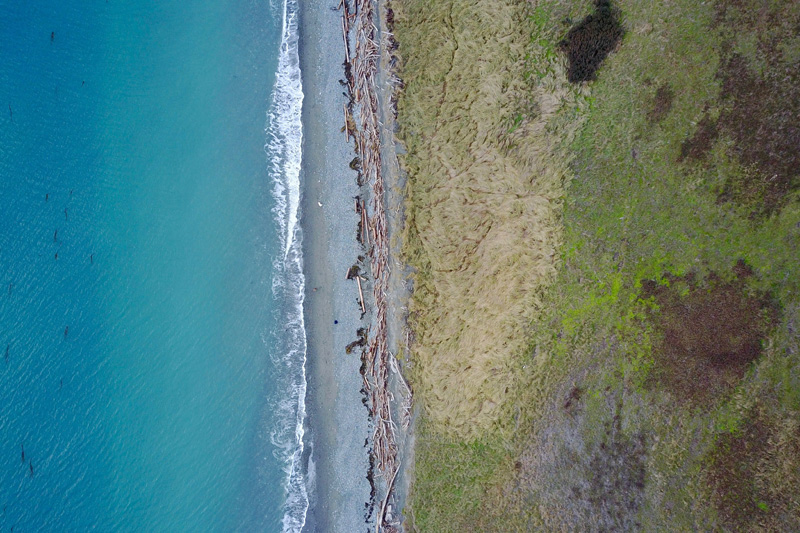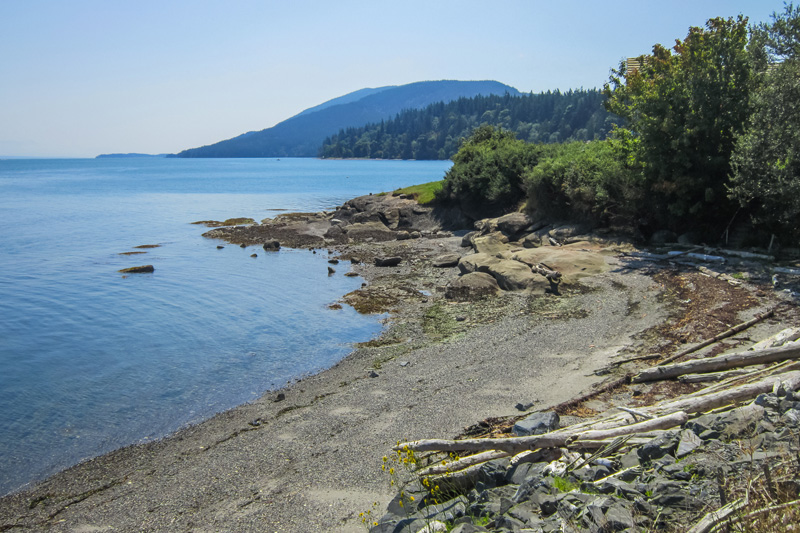Shoreline Management
Washington’s Shoreline Management Act directs counties and cities to create plans ensuring protections and safeguards for important habitat. Orcas, salmon, eelgrass, forage fish, and clean water depend upon well-functioning shorelines. Natural shorelines are often more resilient against erosion and have more beneficial relationships to the surrounding environment and animals compared to armored shorelines, such as bulkheads, seawalls, and rock revetments.
Working with partner organizations and local groups, WEC engages the public on Shoreline Master Plan updates. In large part due to this work, we have seen a better trend of removing built up shorelines instead of constructing new armoring.
WEC and partners also challenged the U.S. Army Corps of Engineers Seattle District for how it defines nearshore habitats subject to federal oversight. A too lax standard was withdrawn in 2020, and we continue to monitor implementation of this work to make it consistent with best available science.

Net Ecological Gain
After decades of development-related habitat loss, we are advocating a new standard of Net Ecological Gain, to protect and restore habitat and leave our environment better than we found it for future generations.
Due to inadequate protection from outdated laws, habitat across the state is already too damaged to support once-abundant salmon runs, let alone prepare our region for development expected in future decades. For years, Washington has tried to achieve No Net Loss of habitat as the state grows, but it is clear that No Net Loss is not working. We are losing habitat faster than we can protect and restore it.
We are working with state and local governments and Tribes to implement this key Orca Task Force recommendation to accomplish results now and in the future.

Natural Resource Asset Management
Local governments need approaches for incorporating the health of natural resources into their decision-making processes. We work with partners to develop frameworks that help local governments integrate protection and restoration of our environment into planning, land use policies, and budgeting.

Solutions for the Lower Snake River and Columbia River
Historically, Columbia River salmon were an abundant food resource for many Tribes as well as southern resident orcas. Four dams on the Lower Snake River within Washington State were built without fish passage, essentially eliminating fish migration to Idaho wilderness areas with pristine habitat likely to maintain cool water as climate change warms water temperatures elsewhere in the river system. The reservoirs behind the dams also slow and warm the water significantly, which impacts adult and juvenile fish migration and reduces survival. The system provides irrigation water for farms, barging for crops, and other economic benefits in addition to hydropower.
WEC has joined Our Northwest Opportunity, a group of business owners, utilities, family members, and community organizations throughout the Northwest who share four goals:
Communities
A strong regional economy for farming, fishing, recreation, port and tribal businesses
Salmon
Abundant, harvestable salmon and steelhead populations in the Columbia River Basin
Treaty Rights
Fulfillment of our federal treaty responsibilities with tribes, honoring tribes’ identities and cultural values
Energy
A reliable, affordable, clean electric power system
We face a once-in-a-generation opportunity to bring people together for the largest salmon restoration in history — with benefits for the environment, Washingtonians and tribal nations across the Northwest, and every sector of our economy. With salmon nearly extinct in the Northwest, the tribes and communities that depend on them are at risk — we must act now.
For more on the history, politics, and possibilities of the Snake River
Our Northwest Opportunity:
Learn more about salmon & orca recovery:
Rein’s soundwatch blog:

